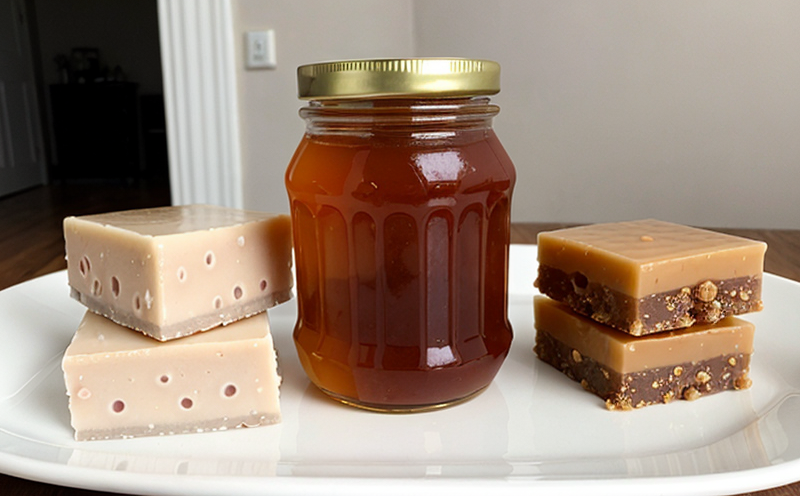Codex STAN 12 Codex Standard for Honey
The Codex Alimentarius Commission's Standard for Honey (STAN 12) is one of the most comprehensive and widely recognized standards in food safety, quality assurance, and traceability. This standard ensures that honey marketed as such meets internationally agreed-upon specifications regarding composition, labeling, and other requirements to protect consumers.
The Codex Standard for Honey aims to provide a harmonized approach across member states, helping to maintain the integrity of honey products while allowing for national implementation flexibility where necessary. Compliance with this standard is crucial for producers, importers, and exporters looking to ensure that their honey meets international quality benchmarks.
According to Codex Alimentarius, honey must be derived from the nectar of plants by bees, and it should not contain any additives or artificial sweeteners. The standard defines acceptable moisture content levels, limits on heavy metals, pesticides, and other contaminants. It also provides guidelines for labeling, ensuring that consumers are provided with accurate information about the product's origin, processing methods, and quality.
Compliance with Codex STAN 12 is not only essential for regulatory reasons but can significantly enhance a company’s reputation in both domestic and international markets. By adhering to this standard, producers demonstrate their commitment to quality and safety, which can lead to increased consumer trust and market access opportunities.
Scope of the Codex Standard
The scope encompasses various aspects such as:
- Composition of honey
- Labeling requirements
- Quality criteria for honey
- Testing methodologies and limits on contaminants like heavy metals, pesticides, and artificial sweeteners
The standard applies to all forms of honey products marketed as such under the Codex Alimentarius framework.
Methodology and Testing Criteria
| Test Parameter | Acceptance Criteria | Testing Method |
|---|---|---|
| Moisture Content | ≤20% for liquid honey, ≤17.5% for set honey | Gravity method or oven drying at 105°C ± 2°C |
| Total Dissolved Solids (TDS) | Not applicable as TDS is a function of moisture and sugar content | Not specifically tested; derived from other parameters |
| Peroxide Value | <30 meq/kg for liquid honey, <40 meq/kg for set honey | Cupric chloride method or iodometric titration |
| Heavy Metals (Lead) | <1 ppm | Inductively Coupled Plasma Mass Spectrometry (ICP-MS) |
| Pesticide Residues | Compliance with maximum residue limits as defined by Codex Alimentarius and local regulations | GC/MS, LC/MS or equivalent |
The testing procedures are designed to ensure that honey products conform to the specified quality parameters set forth in the standard.
Why Choose This Test?
- Ensures compliance with international standards and regulations
- Protects brand integrity by maintaining product quality
- Facilitates easier market access due to harmonized requirements across borders
- Enhances consumer trust through transparent labeling practices
- Provides scientific evidence of honey purity and safety
- Avoids legal penalties associated with non-compliance
- Supports sustainable agricultural practices by encouraging proper harvesting techniques
- Promotes fair trade by ensuring that products meet the agreed-upon quality benchmarks
Selecting this test is a strategic decision for companies aiming to ensure their honey products meet global standards and are free from adulteration or contamination.





